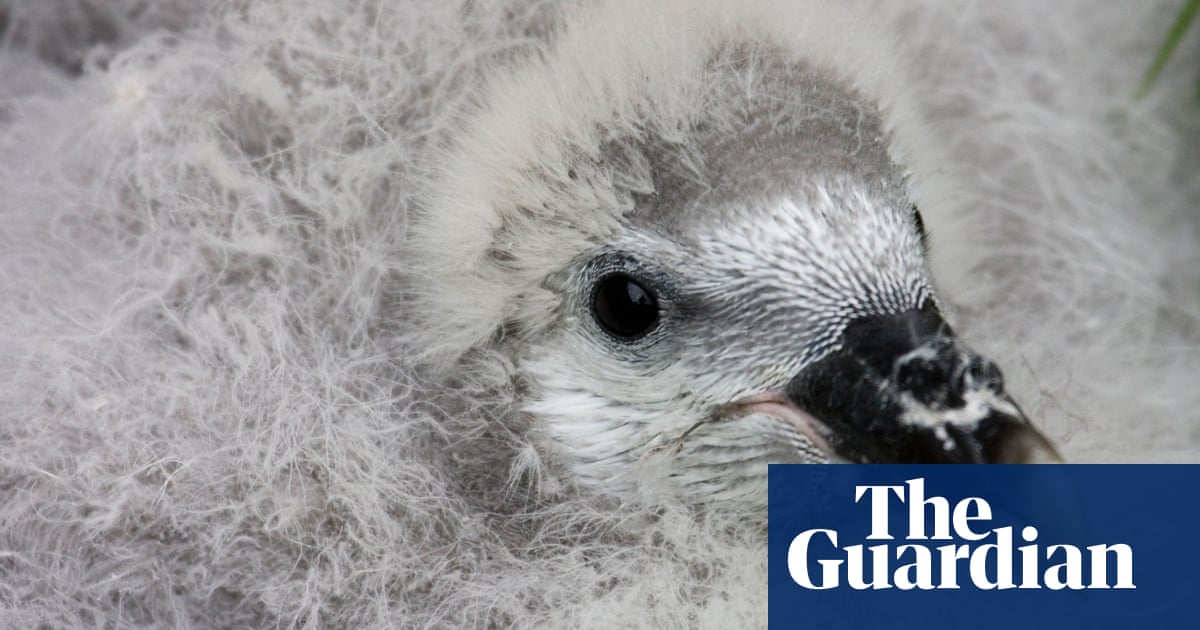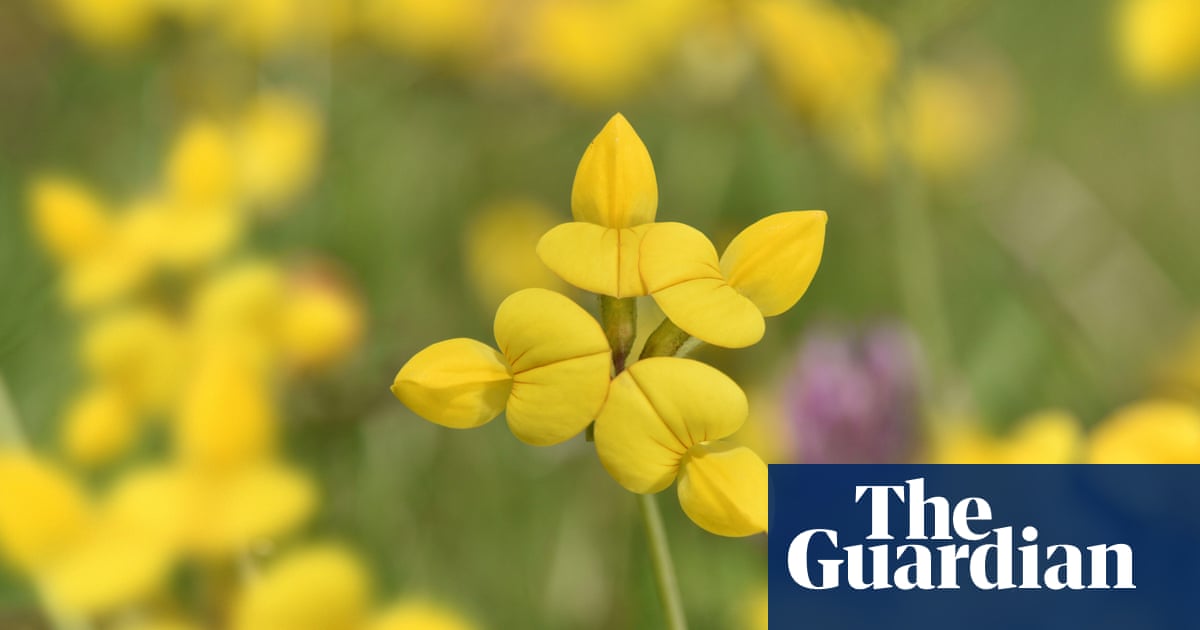
It’s an hour’s walk around Aughris Head, but we took longer, the distractions being great. Across Sligo Bay was the steepening rise and summit plateau of stately Benbulbin, to the east the isolated bulk of Copes Mountain, its green skirts richly washed in sunlight that broke through dark clouds driven on by a strong westerly. To the north was Donegal, the cliffs of Malin Beg and the sharp profile of Slieve League etched against a light mist.
I lay in deep grass on the edge of banded limestone cliffs which plunged vertically a hundred feet to the sea below, scanning tiers of guano-splattered ledges for any signs of life. Aughris is well known for its breeding colonies of razorbills, guillemots and kittiwakes, but they were done and already gone. I felt I’d arrived the morning after a wild party. The venue was empty but still exhaled a kind of weary, fishy sigh. I watched a rock pipit flitting near the top of the crag, and that seemed to be it until I spotted a forlorn fulmar chick perched alone among several recently vacated niches halfway up the cliff.
Fulmars are from the same family as petrels and, being pelagic, must prepare well for a long life at sea. They live for decades and don’t breed until they are about eight years old. Their single chick looks like a fluffy beanbag, especially when their parents sit on it. And while the bill of an adult has a teasing curve to it, the chicks just look grumpy, especially this one, marooned alone in a vertical ocean of rock. Perhaps the chick was missing its parents, since fulmars spend more time at sea as their offspring matures.
It was less helpless than it looked. Fulmar chicks have the neat trick of greeting the inquisitive by gobbing vile-smelling oil, which is near impossible to preen from feather or shirt. At this stage, flopped on its ledge, the chick weighed around two pounds. That would now fall as pectorals and primary feathers strengthened in anticipation of its first perilous journey into the void.












